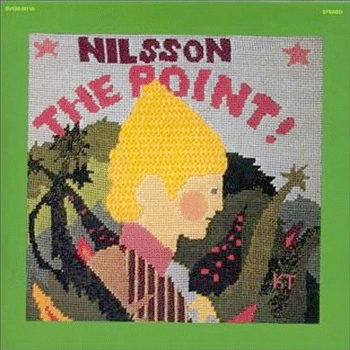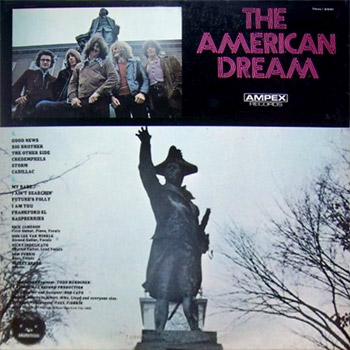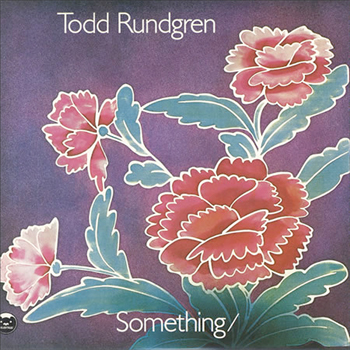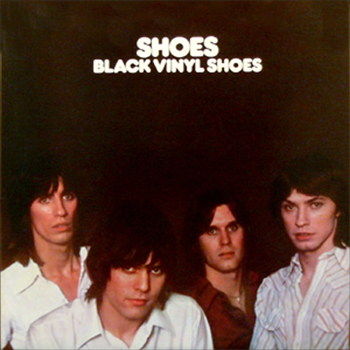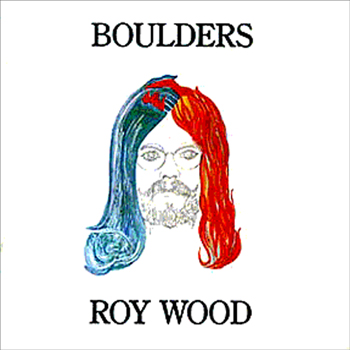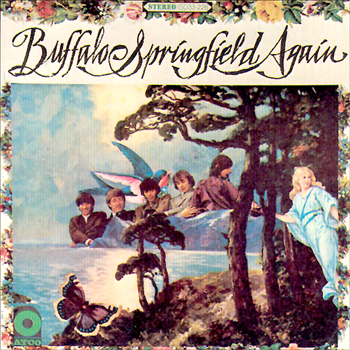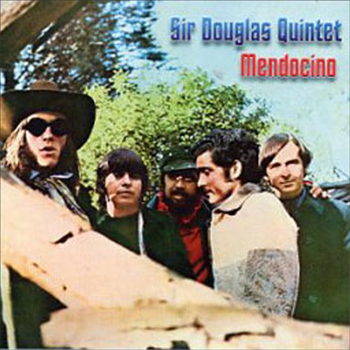Black Sabbath “Black Sabbath”
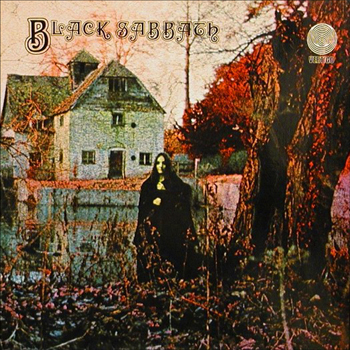
“In the beginning, there was nothing. And then Black Sabbath said “LET THERE BE METAL!” (had to quote this guy). But considering, before this self-titled destroyer was unleashed, the closest things we call metal are a handful of Yardbirds and Zeppelin tracks and Iron Butterfly, Sabbath really did spawn a whole new genre, in Satan’s name.
Just imagine as a kid in 1970, heavy into tracks with overdrive guitars, you put this on the record player, we hear burning leaves, a distant church bell, a rising storm, the ungodly slow crunch from the band kicks in with scary timing, a whole new sound. We’ve just spun Black Sabbath by Black Sabbath from Black Sabbath. Sick.
The album is rooted in hard rock and the blues still, of course. The Wizard is a smokin’ workout with a harmonica lead and Ozzy’s characteristic vocals. N.I.B. is easily another defining track for early metal. There are some more period piece numbers too, such as Evil Woman. It’s still got the heavy detuned power chords and shredding, but there is a bluesy beat to it with a poppy chorus. They take it down almost all the way to folk on the intro to Sleeping Village, before their instrumental assault extending into the 10-minute Warning.
Black Sabbath would go on to release a solid string of excellent records (their first four the best), including the tour-de-force, Paranoid. I chose to review this one today because it has the scariest cover. Happy Halloween!
“Black Sabbath”
[ Buy from Amazon | search eBay ]
